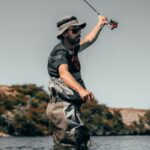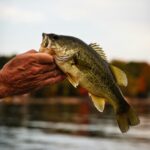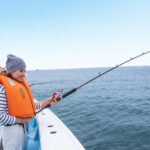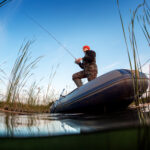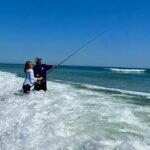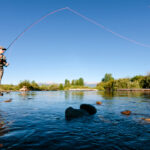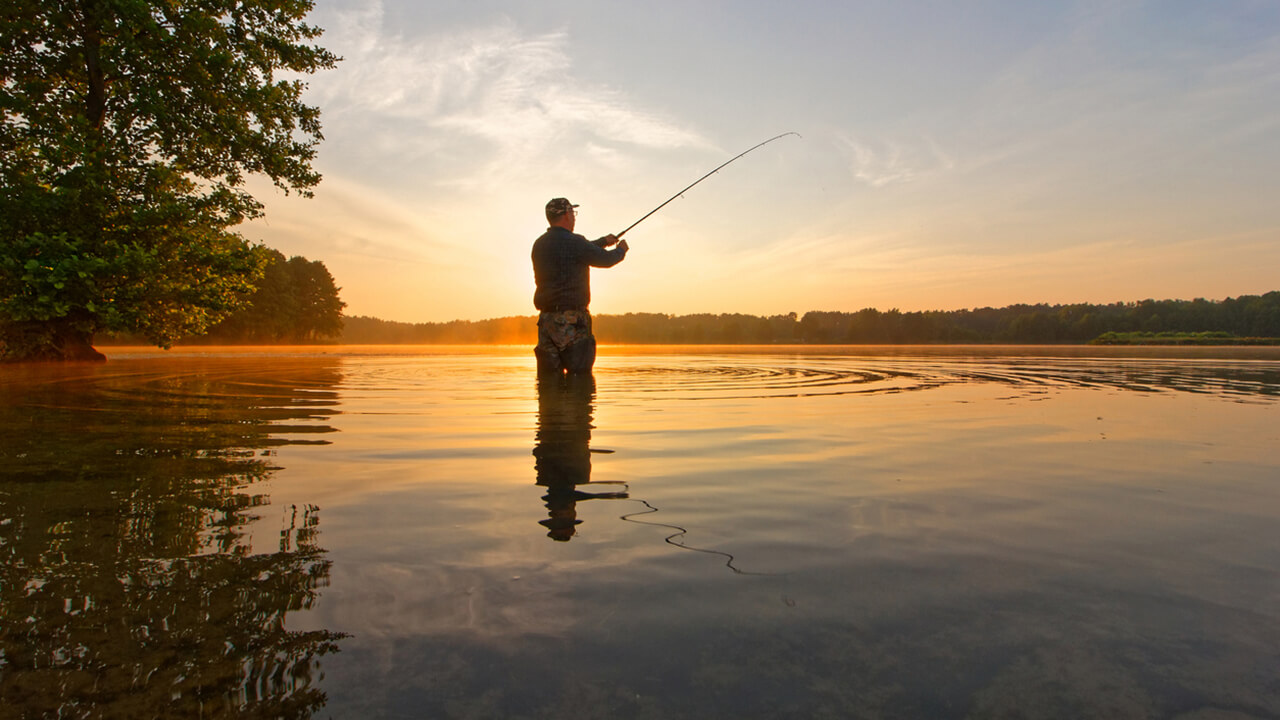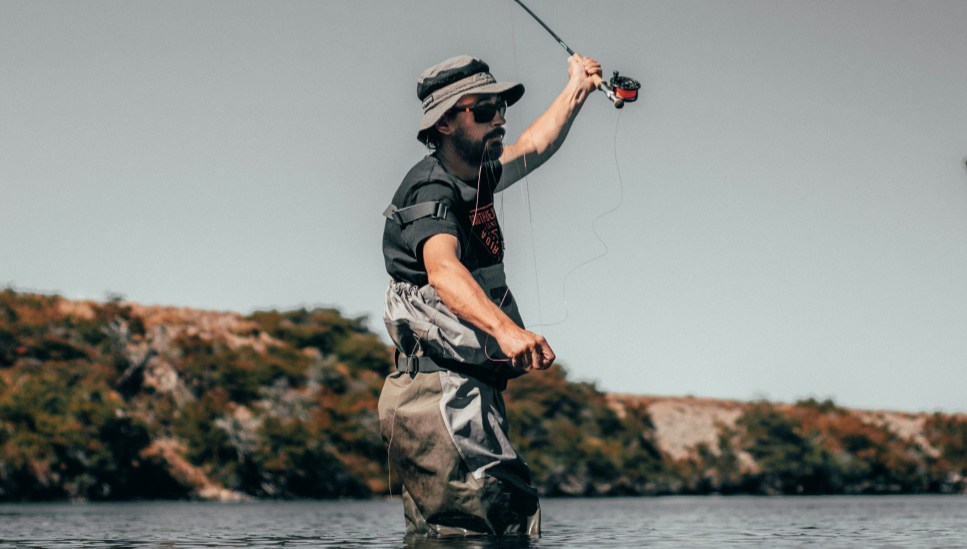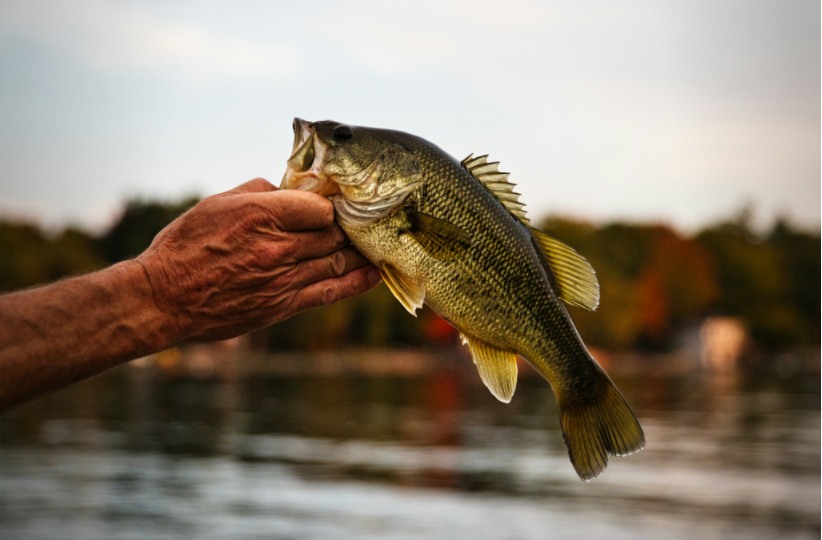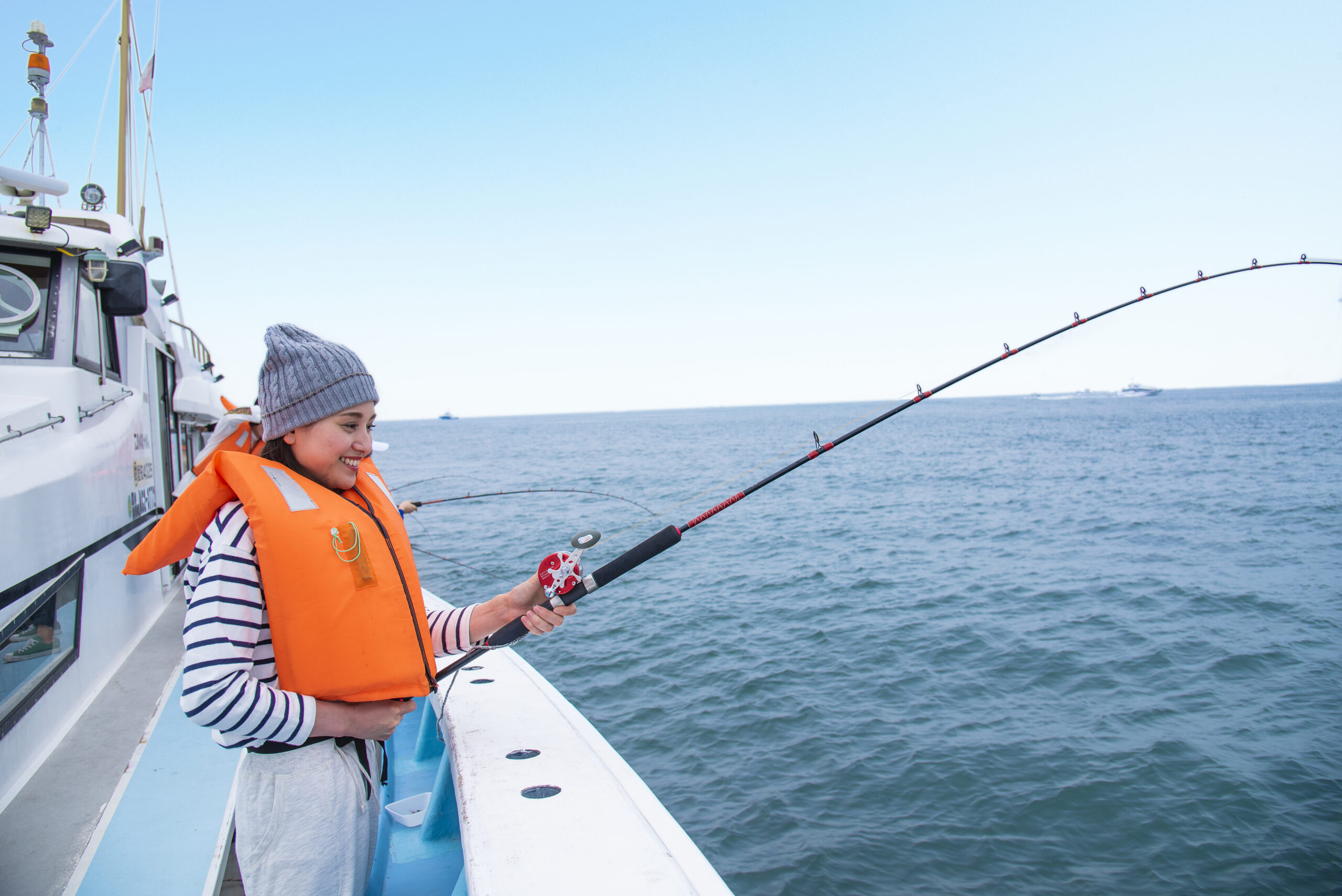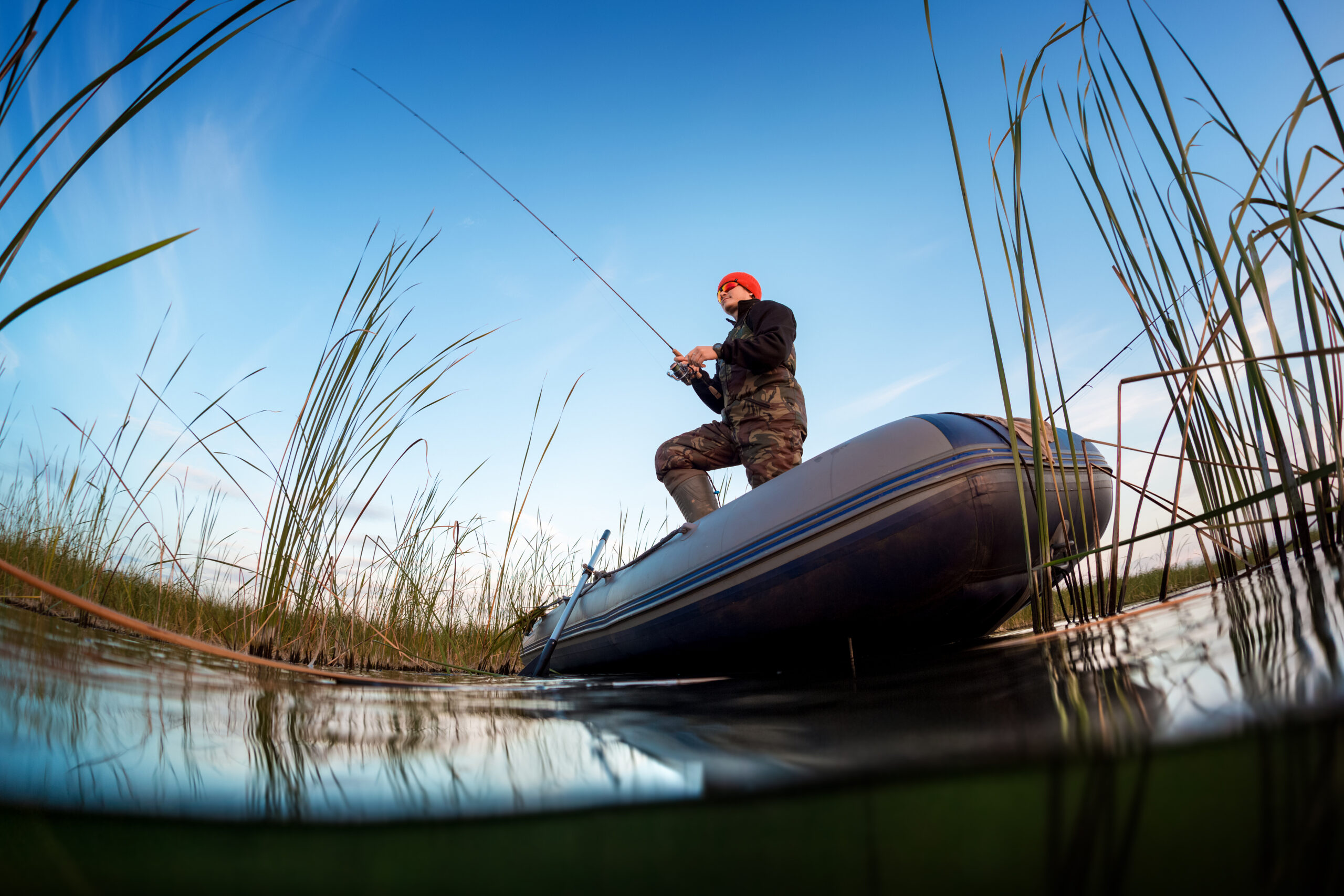As the water warms and fish shake off their winter sluggishness, spring presents one of the best times of the year to get out on the water. However, finding the most active fish requires more than just tossing a line in and hoping for the best. Understanding seasonal patterns, water temperature shifts, and fish behavior will put you ahead of the game. Here’s how to pinpoint the best spring fishing hotspots and increase your catch rate.
1. Shallow Flats: The First Stop for Hungry Fish
In early spring, many species move from deep wintering holes to shallower flats where the sun warms the water more quickly. These areas—often just 2 to 6 feet deep—become prime feeding grounds, especially for bass, crappie, and pike. Look for flats near deeper water, as fish will stage in deeper areas before pushing up to feed.
Best Lures & Tactics:
- Bass: Lipless crankbaits, jerkbaits, and soft plastic swimbaits work well in warming water.
- Crappie: Small jigs with live minnows are ideal as fish move into shallows to spawn.
- Pike: Large spinnerbaits and suspending jerkbaits can entice aggressive strikes.
2. Rocky Points and Riprap: A Springtime Magnet
Rocky shorelines, points, and riprap (man-made rock piles along dams or banks) warm up quickly in the sun and attract baitfish and game fish alike. These areas also provide excellent ambush points where fish can trap their prey.
Best Lures & Tactics:
- Bass: Jigs, crankbaits, and Carolina rigs work well along rocky transitions.
- Walleye: Use jigs tipped with minnows or soft plastics for a slow, enticing presentation.
- Trout: Inline spinners and small spoons can be deadly along rocky shorelines.
3. Backwater Bays and Coves: Ideal for Spawn-Stage Fish
As fish begin their spawning cycles, they seek out calm, protected areas with warmer water and softer bottoms. Backwater bays and shallow coves in lakes and rivers provide the perfect environment for species like bass, crappie, and bluegill.
Best Lures & Tactics:
- Bass: Slow-moving soft plastics, like creature baits and Senkos, mimic easy prey for spawning fish.
- Crappie: Vertical jigging around submerged brush piles and docks is highly effective.
- Bluegill: Live worms or crickets on light tackle work wonders in shallow coves.
4. River Current Breaks: Where Predators Wait
In rivers, fish seek out areas where they can rest out of the main current but still ambush food. Look for eddies behind boulders, bridge pilings, fallen trees, or along bends in the river. Walleye, smallmouth bass, and catfish are especially drawn to these current breaks.
Best Lures & Tactics:
- Walleye: Use heavier jigs with soft plastics to bounce along the bottom near drop-offs.
- Smallmouth Bass: Crankbaits, tube jigs, and spinnerbaits excel in rocky river environments.
- Catfish: Cut bait or stink bait presented in slow-moving water near deep holes will attract big bites.
5. Submerged Timber and Brush Piles: Shelter for Prey and Predators
Whether you’re fishing a lake, pond, or reservoir, submerged wood structure holds fish all spring long. Brush piles provide shelter for baitfish and small panfish, making them irresistible to larger predators like bass, crappie, and catfish.
Best Lures & Tactics:
- Bass: Texas-rigged soft plastics or flipping jigs work best when pitching into thick cover.
- Crappie: Drop a small jig or minnow on a slip bobber directly into the structure.
- Catfish: Use chicken liver or cut bait near timbered drop-offs.
Final Tips for Spring Fishing Success
- Follow the Temperature – Fish become more active when water temps hit 50-60°F. Target areas that warm up first, such as shallow flats, northern shorelines, and rock-strewn banks.
- Fish the Afternoon – Morning fishing can be slow, but as the sun warms the water throughout the day, fish become more aggressive.
- Use a Stealthy Approach – In shallow spring waters, fish are easily spooked. Approach fishing spots quietly and use longer casts when necessary.
- Experiment with Retrieval Speeds – In early spring, fish can still be sluggish. Start slow and adjust your lure action based on how fish respond.
Conclusion
Spring fishing is all about knowing where the fish are moving as they transition from winter patterns to feeding and spawning grounds. By targeting key hotspots like shallow flats, rocky points, backwater coves, and submerged structures, you’ll set yourself up for a successful day on the water. Adjust your approach based on the species you’re after, and you’ll be reeling in fish in no time.

